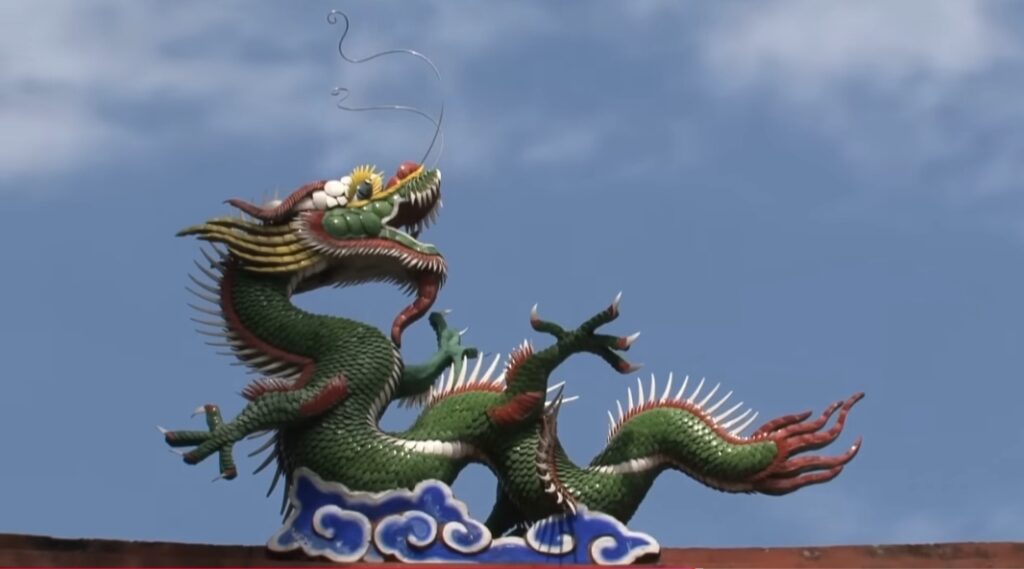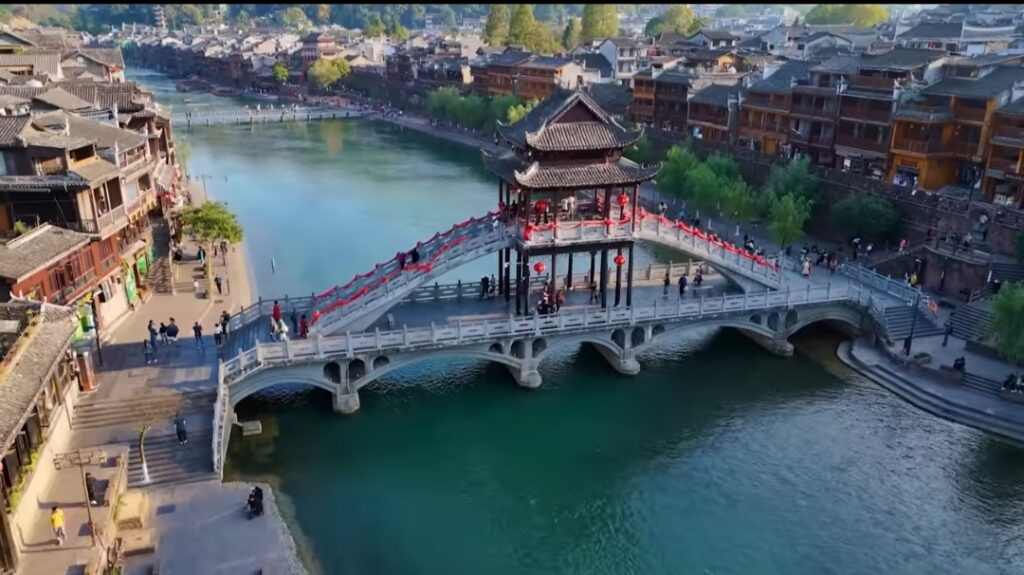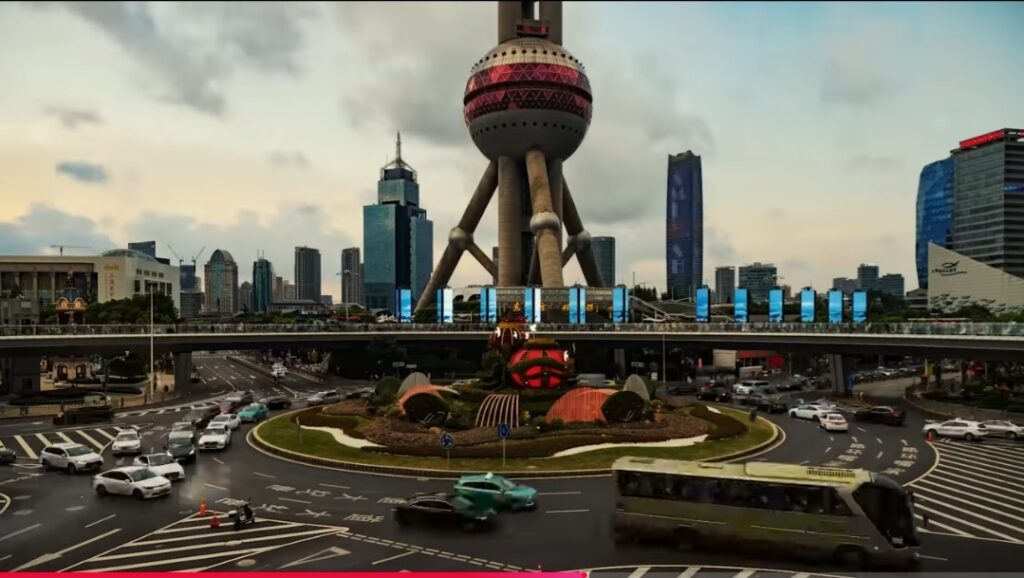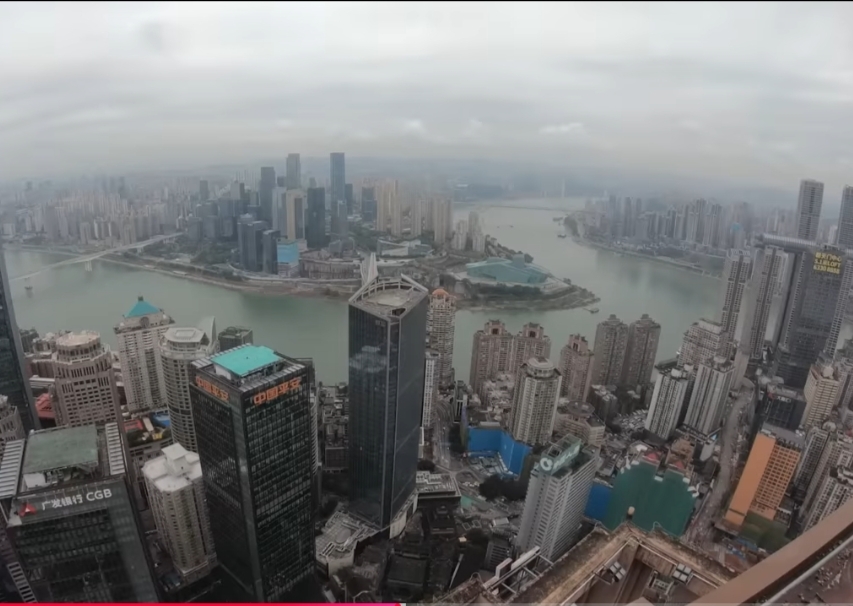


From Parallel Paths to Divergent Destinies: China’s Leap and India’s Steady Climb
Why the Chinese Dragon has surged ahead of the Indian Elephant?
In the mid-20th century, as the sun set on colonial empires, two Asian giants emerged from the shadows of foreign/authoritarian rule.
India gained independence from the British rule in 1947, followed closely by China’s emergence as the People’s Republic in 1949.
Both nations, burdened by poverty, population pressures, and underdeveloped economies, shared similar starting points. Yet, over the ensuing decades, their trajectories diverged dramatically. China transformed into the world’s second-largest economy, lifting hundreds of millions out of poverty, while India, though progressing, has often lagged in key metrics. This piece explores the ‘why’ and ‘how’ behind China’s rapid ascent and India’s more measured pace, drawing on economic policies, political systems, and strategic investments.
Historical Context: Shared Burdens, Different Foundations
Post-independence, both countries adopted socialist-inspired models. India, under Jawaharlal Nehru, pursued a mixed economy with heavy state intervention, focusing on self-reliance through five-year plans. China, led by Mao Zedong, implemented collectivization and centralized planning, culminating in the Great Leap Forward. However, these early efforts yielded mixed results.
By 1978, China’s per capita GDP was around $156, slightly ahead of India’s $206 in 1990 terms. Both grappled with famines—China’s disastrous 1959-1961 famine claimed millions, while India faced chronic food shortages.
The turning point came with leadership shifts. In China, Deng Xiaoping’s 1978 reforms marked a pragmatic pivot toward market mechanisms, while India clung to protectionism until a 1991 balance-of-payments crisis forced liberalization. This temporal gap—over a decade—set the stage for divergence.
As one analysis notes, “China’s strong productivity growth, spurred by the 1978 market-oriented reforms, is the leading cause of China’s unprecedented economic performance.”
Economic Reforms: Timing and Boldness Matter
China’s reforms were swift and comprehensive. Special Economic Zones (SEZs) like Shenzhen attracted foreign investment, fostering export-led growth. Agriculture was decollectivized, boosting rural productivity. By the 1990s, China integrated into global trade, becoming the “world’s factory.”
Result?
GDP growth averaged over 9% annually from 1978 to 2018, lifting 800 million from extreme poverty. In 2025, China’s nominal GDP stands at $19.2 trillion, 4.6 times India’s $4.2 trillion.
India’s 1991 reforms, under P.V. Narasimha Rao and Manmohan Singh, dismantled the “License Raj,” reduced tariffs, and opened sectors to private enterprise. Growth accelerated to 6-7% annually, driven by services like IT and outsourcing. Yet, it was piecemeal compared to China’s. Protectionist remnants persisted, and agriculture—employing half the workforce—remained inefficient.
As Brookings notes, “China acted more quickly and aggressively to lower trade barriers and attract foreign direct investment.” India’s FDI inflows, while rising, pale against China’s, which crossed $1 trillion by 1998 versus India’s nine years later.
Land reforms highlight this contrast. China’s radical 1950s redistribution empowered peasants, enabling later market transitions. India’s efforts, via ceiling acts, were uneven across states, leaving inequities intact. “China managed its agrarian reform better than India,” per an IMF analysis.
Political Systems: Authoritarianism vs. Democracy
China’s one-party rule under the Communist Party enabled decisive, top-down policies. Unencumbered by elections, it executed massive projects like the Three Gorges Dam or high-speed rail network. This authoritarian edge facilitated rapid industrialization, though at costs like environmental degradation and human rights concerns.
India’s vibrant democracy, the world’s largest, prioritizes consensus and federalism. While fostering inclusivity, it often delays reforms amid coalition politics and protests. “China’s one-party system allows rapid execution of plans, while India’s democracy slows down decision-making,” observes a comparative study. Yet, democracy provides checks against excesses, as seen in India’s judicial interventions on land grabs.
Population policies underscore this. China’s one-child policy (1979-2015) curbed growth, aiding per capita gains, though creating aging challenges. India’s family planning was voluntary, leading to slower demographic shifts but avoiding coercion’s pitfalls.
China’s transformation from Communism to State Capitalism speaks volumes of its success story, whereas India continues to lag behind as it remains steeped in the age old Casteism, Communalism (Hindu-Muslim, Mandir-Masjid narrative), Cronyism and Corruption.
Investments in Human Capital: Education and Health as Catalysts
Early investments differentiated the paths. China prioritized universal literacy and health post-1949.
By 1990, literacy reached 78%, rising to 97% today; life expectancy jumped from 43 in 1960 to 78 in 2021. Public health spending hit 2.9% of GDP by 2011, nearly universal coverage achieved.
India focused on higher education, producing elite institutions like IITs, but neglected basics. Literacy was 61% in 2007, health spending just 1.2% of GDP. Malnutrition affects 35.5% of children under five. Amartya Sen argues this gap explains much: “China has advanced much more rapidly than India in improving literacy and overall educational attainment.” China’s skilled workforce fueled manufacturing; India’s brain drain and skill mismatches hindered it.
Infrastructure and Manufacturing: Building Blocks of Growth
China invested 9% of GDP in infrastructure during the 1990s-2000s, creating ports, roads, and factories. This underpinned manufacturing dominance, contributing 43.9% to GDP. India, investing 2-5%, struggles with bottlenecks; services drive 46.4% of growth. “China has been built on infrastructure, investment and manufacturing; India has barely scratched the surface,” per Wharton analysis.
Challenges Ahead: Convergence or Continued Gap?
China faces slowing growth (4.8% projected for 2024), debt, and demographics. India, with a youthful population, eyes 7% growth. Projections suggest India could match China’s per capita income by 2044. 26 Yet, inequality, job creation, and climate vulnerabilities loom for both.
Lessons from Divergence
China’s progress stems from bold, timely reforms and state-driven investments, amplified by centralized governance. India’s democratic ethos ensured stability but tempered speed.
As Nobel laureate Amartya Sen posits, prioritizing health and education could bridge India’s gap. 65 In a multipolar world, both giants’ synergy—through trade and cooperation—could redefine global progress, turning rivalry into mutual advancement.
Hasnain Naqvi is a former member of the history faculty at St. Xavier’s College, Mumbai








